Kerala is in the tropical region and is expected to get plenty of rains. The rains support the growth of trees and plants which are important to maintain a comfortable climate in Kerala. However, with the rapid increase in urbanization and the rains playing hide-and-seek, Kerala is moving at a faster pace to an uncomfortable climate zone. We get a large amount of sun’s radiant heat, high level of humidity and sunny days throughout the year. This leads to unbearable heat inside buildings. To beat this challenge of heat reduction in houses in Kerala, we most often think only about fans, air-coolers and air conditioners.
Heat Reduction in houses in Kerala
In fact, the long scorching summers in Kerala are quite unforgiving and it is getting to be difficult to live in our houses without air conditioners during the peak summer season. But air conditioners come with a heavy price tag. Apart from the high installation costs, the running cost has to be met and the energy rates are increasing day by day. Moreover, the use of refrigerants made of chlorine compounds in conventional air conditioners contributes to the depletion of the ozone layer and global warming. Use of fans and air coolers alone are not sufficient to manage the heat reduction. This leads us to think of alternate methods to successfully impact heat reduction in houses in Kerala.
13 Natural ways to keep your house cool this summer
We need to look beyond our dependence on fans, air coolers and conditioners and start using passive cooling techniques which do not require expensive re-constructions or professional installations. Adopting such easy and simple techniques would additionally help you to save on the cost of cooling your home.
Preventing the heat from building up inside the house is the most effective method to cool your house. Sunlight absorbed by your house through the roof, walls and windows is the primary source of heat buildup. Heat generating appliances in the home and air leakage also contribute to heat buildup. There are specific methods to prevent heat gain such as reflecting the sun’s heat away from the house, blocking the heat, removing built-up heat and reducing or eliminating heat generating sources in your home as much as possible. Here are some suggestions, for free or low-cost ways for heat reduction in houses in Kerala.
- Tiling the Roof
- Reflecting Sunlight with “Cool” Roofs
- False ceilings comes to help
- Low Truss
- A Roof Garden
- Wall Insulation
- Avoid using too much hard paving
- Go Green
- Shades are important too
- Double Glazed Glass Windows Beat the Heat
- Cross ventilate your home!
- Natural is the best, Flooring Materials
- Comfortable Courtyards
Let’s now look at each one of these in greater detail. Following these suggestions would not only help you to save on your energy bill, but also to uphold your commitment to the environment.
-
Tiling the Roof
Roof is one of the largest sources of heat gain in a house as the sun beats down on it heavily. Shading the roof with tiles plays a major role in reducing the amount of heat from the sun hitting the roof. It also improves the comfort value of the building. Concrete roof tiles/Clay tiles offer very good thermal insulation, thus reducing heat conductivity of the roof. Especially when coated or glazed, it provides a higher level of reflectance compared to galvanized iron and asphalt roof. This reduces heat transfer beneath the roof. Tiling the roof alone doesn’t keep the heat out of the houses. Proper ventilation beneath the tiles is also very important to achieve considerable heat reduction in houses in Kerala.
-
Reflecting Sunlight with “Cool” Roofs
A ‘cool roof’ is one that has been designed to absorb less heat. Its should also reflect more sunlight than a standard roof. Using reflective rooftop materials which will cool down building interiors can help achieve a ‘cool roof’ effect.
A layer of white lime wash can be provided on the terrace, to act as a reflective surface. However, this washes away in the rains, so a re-application is required every summer.
Special reflective coatings and paints are available in the market to reflect away heat from walls and ceilings. Applications of these heat resistant coatings greatly enhance the comfort of the interiors by reducing the temperature indoors. It also helps in reducing energy bills by decreasing air conditioning needs.
-
False ceilings comes to help
Use of False Ceilings will make a drop in temperature by a few degrees Celsius. The interiors of houses with false ceilings would be considerably cooler when compared to non-false ceiling houses. The air-filled gap between the two layers of ceilings cools the room down. Since air is a bad conductor of heat, it won’t allow the heat to flow into the room. Increasing the height of the ceiling during the design time itself would be a wise decision. It would not only make the house spacious, but would also help in making the house cooler and more comfortable.
It is good to place insulation above the false ceiling but be sure to leave an air gap between the true ceiling and the insulated false ceiling. You need to make ventilation holes in the walls at the height of the gap between the true and false ceilings. To aid ventilation, additionally place a fan in the holes in the walls.
False ceilings also help with better optimization of air conditioning. They reduce space in ceilings, thereby increasing air conditioning performance.
-
Low Truss
Another option is to create a low height truss above the roof slab. The air between slab and truss absorbs the radiant heat and prevents the home from heating up. This method helps in remarkable heat reduction in houses in Kerala.
-
A Roof Garden
A roof garden or “green roof” is built with plant matter (grasses and ground covers) that grow directly in a specialized roof area. Cultivating plants on the terrace helps to cool down a building naturally. Roof gardens are more common in urban areas, but they can work well on any flat or shallow-pit rooftops. The mud used to grow plants acts as an insulator, absorbing the direct heat from the sun, thereby keeping the slab cool.
This green roof provides several benefits. It absorbs rainwater, keeps the roof cool enough to save energy, and adds extra insulation in cooler months. However, even with the right setup, it can be time-consuming to install. So make sure to get a proper estimate and consider the benefits carefully.
-
Wall Insulation
Thermal insulation of walls is necessary to maintain comfortable temperature inside the house. Poorly insulated houses would be difficult to air condition and would also lead to high energy costs. The wall insulation can be improved by using autoclaved aerated concrete blocks (precast foam concrete building material), hollow blocks or other materials with higher thermal resistance. Other designs like filler slabs, composite walls, double roof, cavity walls and shading will also help to insulate houses and contribute towards heat reduction in houses in Kerala.
-
Avoid using too much hard paving
Concrete tiles and pavements laid outside the house can get very hot on a sunny day. They will provide no visual relief on a hot day. It can also create a glare problem, especially in the lighter colours. They absorb heat and the reflected heat is absorbed by surrounding building surfaces thus increasing the heat gain. Opting to keep mud or earth outside the house would be a better alternative for heat reduction as these materials will help in heat absorption. Keeping a lawn, plants and water bodies outside the house will also provide cool relief.
-
Go Green
It is advisable to plant as many trees as possible to cut off the solar radiation in the scorching summer heat. Trees planted close to the building on the east side and west side helps in shading. Noticeable heat reduction in houses in Kerala can be achieved by the right selection of plants, trees, creepers and bushes planted in the right locations and directions.
-
Shades are important too
Shading is the most important design strategy for comfort. Shading of openings like windows is very important. In any case, the Window-Wall-Ratio (WWR) should not be more than 60%. Windows should be shaded by louvers, blinds or curtains to prevent solar radiation directly entering the rooms during summer.
Larger windows could be placed on the north facade as direct solar radiation is lost on this facade. Windows must be small on the east and west sides and must be adequately shaded. On the west, closely spaced vertical shades cut out the low evening sun.
Place larger windows on the south side as it is relatively easier to shade the south side from the high summer sun with horizontal sun-shades. This will also allow desirable winter sun.
Bamboo blinds or tightly woven screens on windows also beat out heat. It is ideal to use blinds made of natural materials like bamboos in sit outs and balconies. Those with the energy and resources could also go one step further and have the outer walls of the building coated with mud, acting as an insulator against the heat.
-
Double Glazed Glass Windows Beat the Heat
Insulated glazing (IG), more commonly known as double glazing, consists of two glass window panes separated by a vacuum or gas filled space. This will help to reduce heat transfer across a part of the building envelope.
Besides shading, utilizing Double Glazed Units (DGUs) help to insulate the window pane and considerably reduces the amount of heat coming into the living space inside the house.
-
Cross ventilate your home!
Ventilation is the intentional introduction of air circulation inside the house. Houses need to breathe and ventilation will help to reduce the heat inside the house by allowing the hot air to go out and replenish it with fresh air from outside. Cross ventilation will help to maintain the room temperature at comfortable levels. Openings between rooms such as transom windows, louvers, grills, or open plains are techniques to complete the airflow circuit through a building. You can encourage ventilation, of course, by opening the doors and windows. Another method is to provide exhaust vents to help warm air flow out from the roof.
Having multiple entries and exit points for cross ventilation also does the job. However, the timing is the key. Keep as many windows/ ventilators open as possible during early mornings and late evenings around 5 AM-8 AM and 7 PM-10 PM. During this time of the day, the air gets replenished without all the harsh heat from the sun.
-
Natural is the best, Flooring Materials
Natural materials such as stone, clay, timber and thatch are more suitable to keep homes cool during summer. Considerable heat reduction in Kerala houses can be achieved using natural flooring materials like wood, clay, red oxide, marble and granite. Apart from focusing on materials, other aspects such as budget, the look, durability and maintenance of the flooring should also be considered. Flooring tiles made of more natural materials like red oxide, Aathankudi tiles are ideal for heat reduction in houses in Kerala.
-
Comfortable Courtyards
Traditional Kerala houses have courtyards incorporated into it. These internal courtyards not only bring in plenty of natural light but also keep the interiors cool with the free flow of air. Courtyards can be a solar protector by planting deciduous trees and having water bodies in the courtyard. Furthermore, natural ventilation during hot seasons occurs through the courtyard, especially in hot climates. If space permits, it is ideal to incorporate courtyards in the modern homes.
More Tips to Keep Your House cool and Energy Efficient:
- Delay heat generating activities until evening, on hot days. Operate heavy appliances such as dish washers and washing machines in the evenings when the inside temperature of the house drops.
- Keep the house closed tight during hot summer days, to stop entry of unwanted heat and humidity.
- Using lighter colors on the walls, furnishings and furniture will help to minimize the heat gain in indoors.
- Stack bundles of straw on a plastic sheet on the terrace, and keep it moist with a sprinkler. Straw is a natural insulator of heat and lets the terrace remain cool.
- Opt to use window fans for ventilation, locating them on the downwind side of the house facing out.
- Plant shade trees around the house.
- Use modern high efficiency air conditioners suitable to the room dimensions.
- Seal all air-conditioner ducts.
- When using ceiling fans, set the Thermostats at 25 degrees or higher .
- Install white window shades or mini blinds.
- It is advisable to keep the south and west facing curtains and the windows closed during the day.
- If there is insufficient roof hang to provide shade, install sunshade on south facing windows.
- Apply sun control films on window glasses.
- Use air conditioners (AC) with Bureau of Energy Efficiency (BEE) star ratings. Clean the AC filter regularly and provide shade for your room AC to maximize cooling efficiency. It is best to turn off your AC when you leave the room for more than an hour.
Using any or all of the above strategies can help to successfully achieve heat reduction in houses in Kerala. Efficient cooling of the house will not only help you to save money and energy but also improve the quality of your life.
How can Viya Constructions help?
Care must be taken at the design stage itself for incorporating some of these ideas, which in turn, will help you achieve great success in reducing heat from your house. For eg: including traditional heat reduction features such as veranda, internal courtyard, increased height of the building, strategic planting of trees and greenery around the house would definitely help in the long run to keep your house cool and comfortable.
Heat reduction in houses in Kerala is a hot topic in the current times and Viya constructions has the knowledge and expertise to make your house more energy efficient and heat resistant. Viya’s team can help you to turn your house into a comfortable dwelling…..the ideal space in which you can relax and unwind without having to fight the humid and extreme temperature inside the house.
Call us now for a free quote.


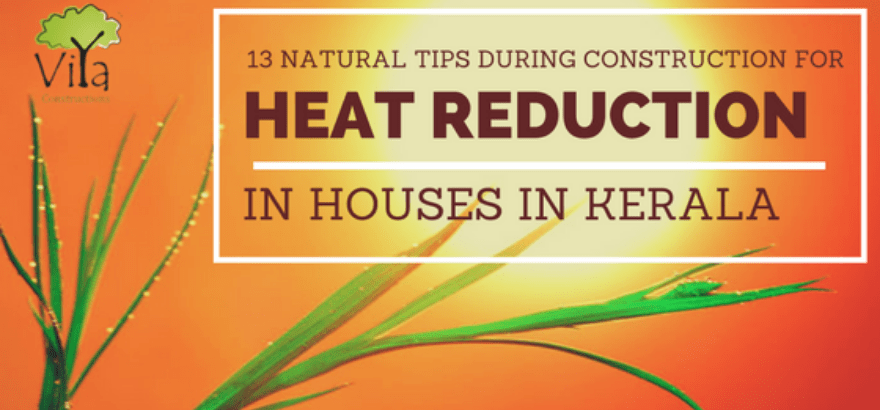
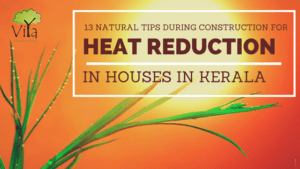

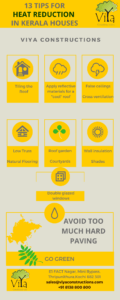



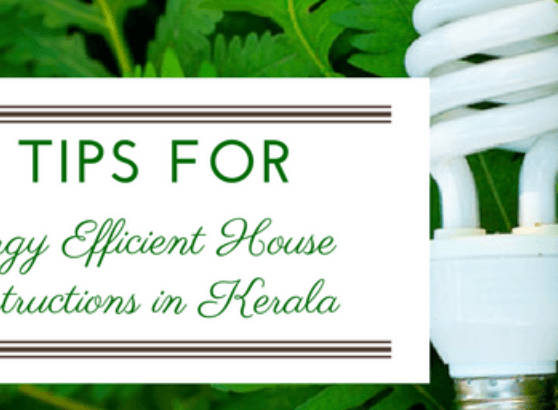
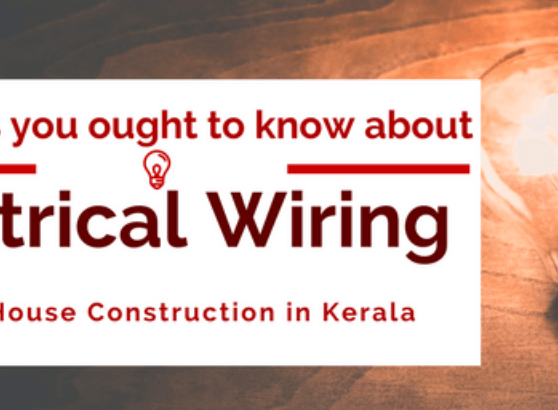


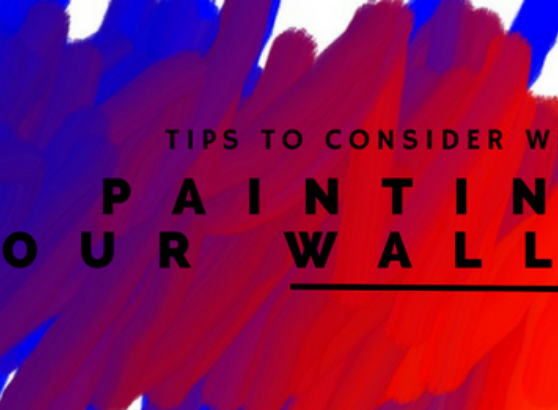
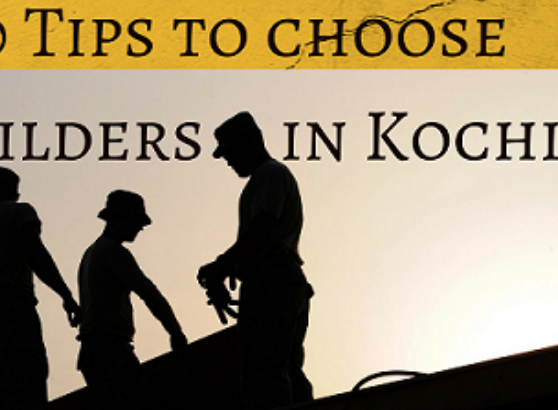
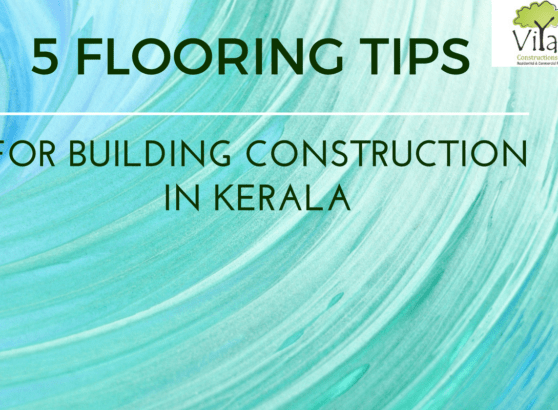
Mithun Jose Chacko
Good evening,
I need a solution to reduce the heat coming to the rooms in the first floor. These rooms were already built with a combination of flat and sloped roofs, and the sloped roofs have tiles on top of it( directly attached to the roof)
Valsan
My house construction is ongoing now. I would like to know the natural cooling methods to be adopted along with the construction. At present ground floor structure is under progress.
– Preferred also better, long lasting truss roofs
– Suggest proper ventilation and exhaust fans
Regards,
valsan
ViyaCons
Sir, kindly share your contact number, our executive will get in touch with you with the details.
Shameem
i would like to build new home
let me know how to reduce ?